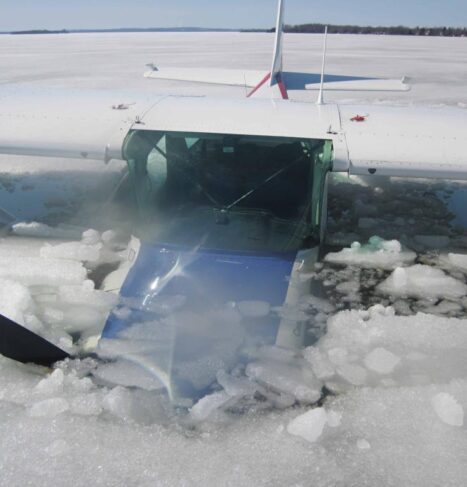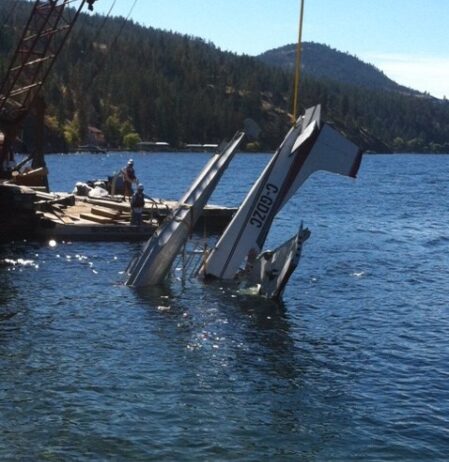Egress Training Facts and Statistics
Improving Your Odds of Survival in a Water-Based Aircraft Incident Begins With AES

The Transportation Safety Board has found that the risk of drowning for occupants involved in seaplane incidents is high and has recommended that The Department of Transport requires underwater egress training for all flight crews engaged in commercial seaplane operations, and includes flying boats, float planes and amphibian aeroplanes.
The CARs now state that seaplane pilots receive initial underwater egress training followed by recurrent training every three years. Aviation Egress Systems is approved to teach egress training as required under 703.98(2) and 704.115(2) of the CARs and is also approved to satisfy the requirements under CARs 401.05(2)(a) Recency Requirement for recurrency training Canada-wide.
As the pioneers in egress training, we’ve trained over 9000 students across Canada, from Inuvik, NWT, to Greenwood, NS, and everywhere in between. We’re proud to say our Egress Training is proven to be an effective and affordable training tool for aviation safety.
“Seaplane accidents result in a number of fatalities every year in Canada, primarily from drowning events after the initial aircraft collision with the water. Statistically, one out of every two seaplane accidents on the water results in a fatality.”
Aviation Egress Systems Accident Statistics
Since the fall of 1998, AES has given pilots and passengers the skills to escape an aircraft incident on the water. After taking our underwater egress training, 26 aircraft accidents involving one of our students have occurred.
Of the aircraft involved in these accidents, 10 were commercial operators on floats or wheels, and the remaining 16 were private aviators. Each pilot who had been previously Egress Trained with Aviation Egress Systems stated emphatically Egress Training was an asset in their survival.


Pilots who had received AES training and later had an accident.
All 28 pilots in the above accidents survived, as well as 25 of their passengers.
Aircraft Types Involved
- 6 Cessna 180 – Floats
- 2 Cessna 182 - Floats
- 3 Cessna 185 – Floats
- 1 Cessna 206 – Floats
- 2 Found Bush Hawk – Amphibious
- 1 Searey - Flying Boat Amphibious
- 1 Glastar – Experimental – Amphibious
- 1 Volmer Sportsman – Home Built - Flying Boat Amphibious
- 2 DHC2 Beaver – Floats
- 1 PA-28-181 – Wheels
- 1 Lake Buccaneer - Flying Boat Amphibious
- 1 SeaWind 200 - Flying Boat Amphibious (caught fire in flight)
- 1 Turbo Otter
- 1 Luscombe 8 A
- 1 Super Cub
- 1 Norseman
- 1 PA22-150
What is SmartPilot?
SmartPilot is a comprehensive recreational aviation safety websites designed to educate pilots on incident prevention and enhance their SAR awareness and survivability if they are in need of Search and Rescue.
In addition to a full complement of videos (most produced by PlaySafe as part of the project and also related to other projects over the past 15 years with other aviation initiatives) the site includes a variety of video, textual and interactive components including a pilot recency element used by recreational pilots to maintain their currency.
Aviation Egress Systems Offers Training Canada-Wide
Transport Canada has mandated that all Commercial Seaplane Operators receive egress training before March 6, 2023. Our classes are running throughout the year across Canada. Contact us today to find the location nearest you.

